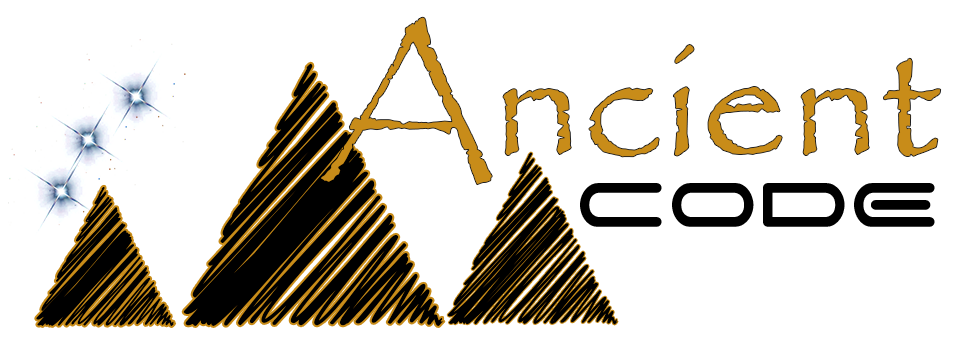Throughout history, the location of the site where Jesus performed His ‘First Miracle’ has remained shrouded in Mystery.
The Gospel of John tells us that during the ‘Wedding at Cana’ Jesus turned water into wine.
 The entrance to the cave. Image Credit: Pen News.
The entrance to the cave. Image Credit: Pen News.
The Gospel tells us that Jesus Christ was invited to a wedding together with His mother and his disciples. During the wedding. Eventually, the wine ran out, and it is at that moment when Jesus delivered a sign of His glory and turned water into wine:
2 On the third day there was a wedding at Cana in Galilee, and the mother of Jesus was there. 2 Jesus also was invited to the wedding with his disciples. 3 When the wine ran out, the mother of Jesus said to him, “They have no wine.” 4 And Jesus said to her, “Woman, what does this have to do with me? My hour has not yet come.” 5 His mother said to the servants, “Do whatever he tells you.”
6 Now there were six stone water jars there for the Jewish rites of purification, each holding twenty or thirty gallons.[a] 7 Jesus said to the servants, “Fill the jars with water.” And they filled them up to the brim. 8 And he said to them, “Now draw some out and take it to the master of the feast.” So they took it. 9 When the master of the feast tasted the water now become wine, and did not know where it came from (though the servants who had drawn the water knew), the master of the feast called the bridegroom 10 and said to him, “Everyone serves the good wine first, and when people have drunk freely, then the poor wine. But you have kept the good wine until now.” 11 This, the first of his signs, Jesus did at Cana in Galilee, and manifested his glory. And his disciples believed in him.
 Pictured here is an archaeologist measuring part of the cave network that is believed to be the ‘real’ site where Jesus turned water into wine during the so-called wedding at Cana. Image Credit: Pen News
Pictured here is an archaeologist measuring part of the cave network that is believed to be the ‘real’ site where Jesus turned water into wine during the so-called wedding at Cana. Image Credit: Pen News
The exact location where the first miracle attributed to Jesus took place is a great mystery. Throughout the years the location of Cana has been widely attributed among Biblical Scholars to a number of Villages in Galilee, but no one has ever been able to confirm it.
Thousands of pilgrims were convinced that the exact location of where Jesus performed his first miracle was Kafr Kanna, a town in northern Israel.
Now, a group of researchers says that the location isn’t Kafr Kanna, but a hillside some 10 kilometers further north.
So, what did experts find?
The site experts have identified as Khirbet Wana is a Jewish village that existed between the years 323 BCE and 324 AD. There, experts have uncovered a number of clues that they say suggest it was there where Jesus performed His miracle.
Archaeological excavations have proven the existence of a vast network of underground tunnels used for Christian Worship, where researchers have found crosses and references to Kyrie Iesou, a Greek phrase meaning Lord Jesus.
Experts discovered an altar as well as a shelf containing the remains of a stone vessel. Archaeologists also recovered six stone jars, which are similar to jars described in the Biblical account of the miracle.
 The interior of the cave features pieces of water vessels which are believed to be eerily similar to those described in the Biblical accounts. Image Credit: Pen News.
The interior of the cave features pieces of water vessels which are believed to be eerily similar to those described in the Biblical accounts. Image Credit: Pen News.
Speaking about the discovery, Dr. Tom McCollough lead archaeologists at the site say that three other sites have credible claims of being the Cana of Biblical accounts.
But, there’s always that but–“But none has the ensemble of evidence that makes such a persuasive case for Khirbet Qana,” he said.
“We have uncovered a large Christian veneration cave complex that was used by Christian pilgrims who came to venerate the water-to-wine miracle. This complex was used beginning in the late fifth or early sixth century and continued to be used by pilgrims into the 12th-century Crusader period.
“The pilgrim texts we have from this period that describe what pilgrims did and saw when they came to Cana of Galilee match very closely what we have exposed as the veneration complex.”
Furthermore, “his references to Cana align geographically with the location of Khirbet Qana and align logically with his movements.”
“The reference to Cana in Josephus, the New Testament and in the rabbinic texts would argue the village was a Jewish village, near the Sea of Galilee and in the region of lower Galilee.”
“Khirbet Qana fulfills all of these criteria.”

 Movie
Movie 2 months ago
52
2 months ago
52 






![Presidents Day Weekend Car Sales [2021 Edition] Presidents Day Weekend Car Sales [2021 Edition]](https://www.findthebestcarprice.com/wp-content/uploads/Presidents-Day-Weekend-car-sales.jpg)



 English (United States)
English (United States)